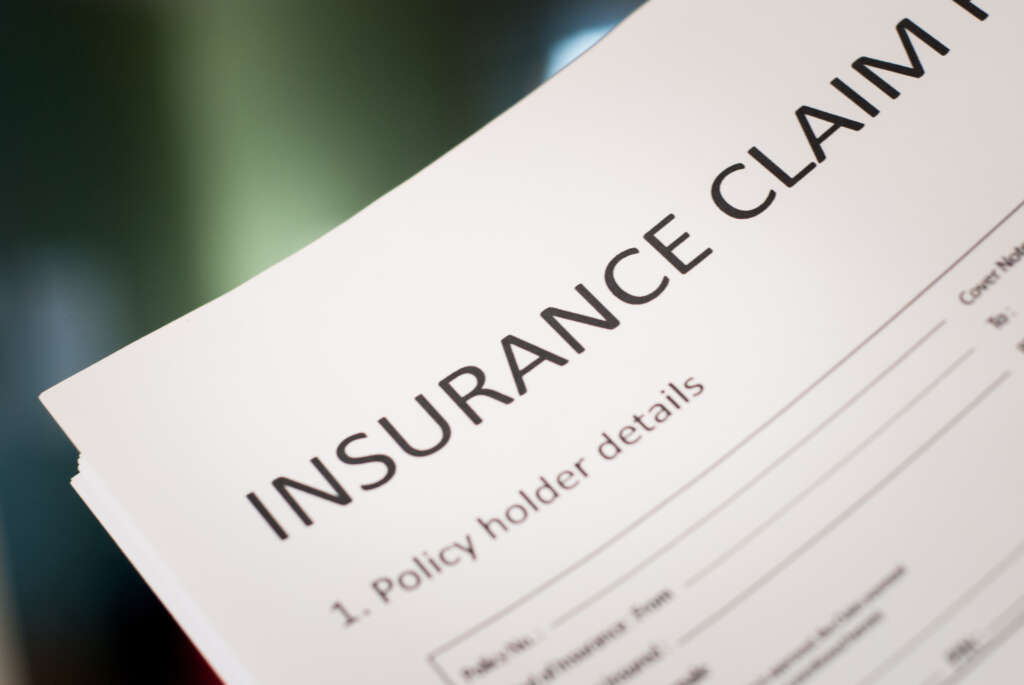Share This Article
That friendly renewal notice in your mailbox might contain an unwelcome surprise: a homeowner’s insurance premium increase that makes your monthly budget cringe. While some factors driving insurance costs remain beyond your control, many premium hikes can be prevented through strategic home maintenance, risk reduction, and smart policy management.
Insurance companies respond to specific risk factors, claim patterns, and market conditions that you can often influence through informed decisions and preventive actions. National home insurance rates have risen by 20% over the past two years, with another 8% increase projected for 2025.
What Really Drives Premium Increases
Homeowner’s insurance premiums reflect the insurer’s assessment of risk associated with your property and circumstances. While market-wide factors affect everyone, individual premium hikes often stem from controllable risk factors.
Claims history represents the most significant factor under your control. Filing multiple claims signals increased risk to insurers and typically triggers premium increases. You can expect premiums to go up an average of 7% to 10% after filing just one claim.
Property conditions directly impact premium calculations. Aging roofs, outdated electrical systems, and deferred maintenance increase claim likelihood, prompting insurers to raise rates or cancel coverage entirely. Regular maintenance and timely updates can prevent these premium triggers.
Credit score changes influence premiums in most states where insurance scoring is legal. Declining credit can trigger rate increases, while improving credit may qualify you for discounts.
Coverage changes affect premiums when homeowners increase coverage limits, add endorsements, or modify deductibles. Understanding their premium impact helps you make informed decisions about coverage adjustments.
Strategic Claim Management
How you handle insurance claims significantly impacts future premiums. Understanding when to file claims versus paying out-of-pocket can save money long-term.
Small claim avoidance often makes financial sense. If repair costs fall close to your deductible amount, paying out-of-pocket preserves your claim-free status and prevents potential premium increases that could cost more than the avoided claim.
Claim frequency management matters more than individual claim amounts. Multiple small claims create worse premium impact than one large claim, making it crucial to evaluate each potential claim’s necessity.
Understanding claim types helps you recognize which incidents are worth filing. Liability claims (someone injured on your property) typically warrant filing regardless of amount, while property damage claims require more careful consideration.

Proactive Risk Reduction
Taking steps to reduce your property’s risk profile can prevent premium increases and may qualify you for discounts that lower overall costs.
Roof maintenance and updates prevent weather-related claims that drive up premiums. Regular inspections, prompt repairs, and timely replacement of aging roofs demonstrate risk management to insurers.
Electrical and plumbing system updates reduce fire and water damage risks. Updating old wiring, replacing galvanized pipes, and installing modern safety features can qualify for discounts while preventing claims.
Security system installation including burglar alarms, smoke detectors, and monitoring services typically qualify for premium discounts. These systems reduce theft and fire risks while demonstrating proactive risk management.
Weather protection measures such as storm shutters, impact-resistant windows, and proper drainage systems help prevent weather-related claims in areas prone to severe weather.
Smart Policy Management
How you structure and manage your homeowner’s insurance policy affects both coverage adequacy and premium costs.
Deductible optimization balances out-of-pocket risk with premium savings. Higher deductibles reduce premiums but require greater financial reserves for claims. Finding the right balance depends on your financial situation and risk tolerance.
Coverage limit adjustments should reflect current property values and replacement costs. Under-insuring saves premium money but creates financial risk, while over-insuring wastes money on unnecessary coverage.
Bundling opportunities with auto insurance or other policies often provide significant discounts. However, verify that bundled pricing actually saves money compared to separate policies from different insurers.
Regional Considerations
Geographic location affects both premium trends and available strategies for managing costs.
High-Risk Weather Areas
Focus on weather-resistant improvements and consider higher deductibles for weather-related claims. Document protective measures to qualify for available discounts.
Wildfire-Prone Regions
Maintain defensible space, use fire-resistant materials, and document compliance with local fire safety requirements. Some states require specific discounts for these measures.
Coastal Areas
Invest in wind protection measures and understand the difference between homeowner’s and flood insurance coverage.
Building Long-Term Relationships
Maintaining positive relationships with your insurance company and agent can help minimize premium increases and maximize available discounts.
Consistent coverage history without gaps demonstrates reliability and may qualify for loyalty discounts.
Proactive communication about home improvements and risk reduction measures helps ensure you receive available discounts.
Professional agent relationships provide advocacy during claims and can help identify cost-saving opportunities you might miss.
The Bottom Line
While you can’t control all factors affecting homeowner’s insurance premiums, strategic risk management, smart claim decisions, and proactive policy management can significantly impact your costs. Regular maintenance, thoughtful claim management, and periodic policy reviews often prevent premium increases while ensuring adequate protection.
The investment in proactive risk management typically pays for itself through avoided premium hikes and maintained insurability. Focus on maintaining appropriate coverage at reasonable rates through strategic risk management rather than simply chasing the lowest premium regardless of coverage quality.



